Global Data Labeling Software Market - Comprehensive Data-Driven Market Analysis & Strategic Outlook
The global data labeling software market in the technology industry will trace its origin all the way back to the early history of machine learning and artificial intelligence, when data scientists were trying to figure out how to train algorithms on exact, structured data. Data labeling was once a hand-labored task, typically done with the help of small teams annotating images, text, or audio files with pencils. This phase, though labor-intensive, will lay the groundwork for what will be an extremely niched software market. The first milestone will be when companies begin producing tools that begin to automate parts of the annotation task, enhancing quality and productivity. By the mid-2010s, platforms combining crowdsourcing with semi-automatic labeling techniques will gain traction, demonstrating the capacity for dealing with large-scale sets needed for AI applications.
- Global data labeling software market of approximately USD 6606.4 million in 2025 growing at a rate of approximately 18.5% between 2032, with opportunities to reach over USD 21684.6 million.
- On-Premises consist of approximately 38.7% market share, driving innovation and expanding applications through large-scale research.
- Key trends driving growth: Explosive demand for AI and machine learning solutions, Industry expansion reliant on computer vision and natural language processing
- Opportunities are: Integration with automated data annotation technologies
- Key insight: The market will expand exponentially in value over the coming decade, with notable growth opportunities.

As the global data labeling software market evolves, it will experience a transformation fueled by changing consumer expectations. Verticals like autonomous transportation, healthcare, and e-commerce will require quicker, more precise annotation to fuel advanced AI solutions. The arrival of machine learning-enabled labeling tools will mark a watershed when software will have the capability to learn from single-point human input and keep refining its accuracy. At that time, data quality standards and label precision requirements will begin to congeal based both on industry best practice and changing regulatory requirements. Regulatory shifts will play a more central role in shaping the market. Ethical AI regulations and data privacy laws will require labeling software to be labeled with compliance features, with the aim of guaranteeing that sensitive information is handled in a responsible manner. This regulatory awareness will prompt software providers to integrate audit trails, access controls, and encryption capabilities into their offerings. Technological developments will continue to transform the worldwide Data Labeling Software market.
Advances in natural language processing, computer vision, and auto-annotation algorithms will allow companies to process more complex data types and deliver higher accuracy at scale. By addressing operational effectiveness as well as compliance needs, the market will become a need-based facilitator for AI industries. The trajectory of this market is that it will continue to expand its function, powering more sophisticated applications across multiple industries and responding to demands for faster, smarter, and more ethical data labeling solutions.
Market Segments
The global data labeling software market is mainly classified based on Deployment Mode, Enterprise Size, Application.
By Deployment Mode is further segmented into:
- On-Premises: On-Premises deployment will continue to be the preference of organizations requiring absolute control of their operations and data. Security features will be tightened through advanced encryption and automated monitoring systems, holding sensitive information within internal servers. This mode will support companies that require compliance with strict regulatory requirements and minimize dependence on external networks.
- Cloud-Based: Cloud-Based deployment will experience rapid adoption due to its scalability and affordability. Innovation in the future will be achieved using AI-based management solutions that provide storage and performance optimization. The organization will have real-time updates and global accessibility, making global teams' collaboration seamless. Cloud solutions will ensure end-to-end security and make infrastructure maintenance unnecessary.
By Enterprise Size the market is divided into:
- SMEs: SMEs will increasingly adopt global data labeling software market solutions to improve operations and remain competitive. Future tools will provide native integration with existing workflows and AI-powered labeling to reduce human effort. SMEs will gain access to advanced analytics and reporting, enabling faster decision-making and resource optimization, assisting smaller businesses in growing efficiently in a data-driven age.
- Large Enterprises: Large Enterprises will continue to invest heavily in global data labeling software market solutions to oversee vast volumes of data.Software automation and AI-enabled workflows will eliminate operational limitations. Enterprises will use hybrid deployment strategies combining cloud and on-premises environments to provide maximum flexibility, security, and enable global operations by a number of departments and regions.
By Application the market is further divided into:
- BFSI: BFSI will implement global Data Labeling Software solutions to support fraud detection, risk assessment, and customer service. AI-driven labeling will improve data accuracy and compliance with financial regulations. Predictive analytics will allow banks and financial institutions to predict market trends, detect anomalies, and develop personalized services, fostering long-term operating efficiency and increased customer confidence.
- Healthcare: Healthcare will adopt global data labeling software market solutions to enhance patient care, medical research, and diagnostic accuracy. Labeling based on AI will make clinical data management automated and accelerate the creation of novel therapies. New applications will include real-time monitoring, predictive diagnostics, and data-driven patient-specific treatment plans, rendering healthcare systems responsive and patient-centric.
- Energy & Utility: Energy & Utility sectors will implement global data labeling software market solutions to optimize resource management, predictive maintenance, and operational effectiveness. AI model support with data labeling will come into play for energy distribution, equipment monitoring, and fault detection. Future innovations will be towards reducing environmental footprint, optimizing energy efficiency, and enabling efficient delivery of services in urban and rural landscapes.
- IT & Telecommunication: IT & Telecommunication will rely on solutions from the international Data Labeling Software market for improving service quality, predictive maintenance, and optimizing the network. Data-based operations will allow providers to predict outages, improve customer experience, and implement AI-based decision-making. The market will see convergence with emerging technologies like 5G and edge computing to support fast and dependable digital infrastructure.
- Retail & E-commerce: Retail & E-commerce will benefit from global Data Labeling Software market solutions to further individualize customers, inventory management, and predictive analysis. Labeling based on AI will improve demand forecasting and supply chain optimization. Upcoming trends will focus on omnichannel data integration, allowing organizations to obtain insights regarding customer behavior, facilitate optimized shopping experience, and implement automated decision-making strategies.
- Manufacturing: Manufacturing will adopt global data labeling software market solutions to increase efficiency of production, control quality, and predictive maintenance. AI-based labeling will make smart factories and real-time equipment monitoring possible. Future advancements will be in the direction of automation, reduced downtime, and supply chain optimization, allowing producers to respond faster to the needs of the market and ensure consistent product quality.
- Government & Defense: Government & Defense sector enterprises will adopt global data labeling software market solutions for operational planning, threat detection, and intelligence analysis. Effective labeling of large amounts of data will enhance decision-making and security operations. Implementations in the future will include AI-based monitoring systems, fortified emergency response plans, and enhanced public service delivery, all leading to national safety and effective governance.
- Others: Solutions for Global Data Labeling Software will be widely adopted in other sectors for niche applications such as logistics, agriculture, and research. Labeling based on AI will optimize processes, refine decision-making, and reduce human error. Emerging technologies will enable tailoring solutions across niche markets, making it efficient, precise, and adaptive in a rapidly changing digital age.
|
Forecast Period |
2025-2032 |
|
Market Size in 2025 |
$6606.4 Million |
|
Market Size by 2032 |
$21684.6 Million |
|
Growth Rate from 2025 to 2032 |
18.5% |
|
Base Year |
2024 |
|
Regions Covered |
North America, Europe, Asia-Pacific, South America, Middle East & Africa |
By Region:
- Based on geography, the global data labeling software market is divided into North America, Europe, Asia-Pacific, South America, and the Middle East & Africa.
- North America is further divided into the U.S., Canada, and Mexico, whereas Europe consists of the UK, Germany, France, Italy, and the Rest of Europe.
- Asia-Pacific is segmented into India, China, Japan, South Korea, and the Rest of Asia-Pacific.
- The South America region includes Brazil, Argentina, and the Rest of South America, while the Middle East & Africa is categorized into GCC Countries, Egypt, South Africa, and the Rest of the Middle East & Africa.
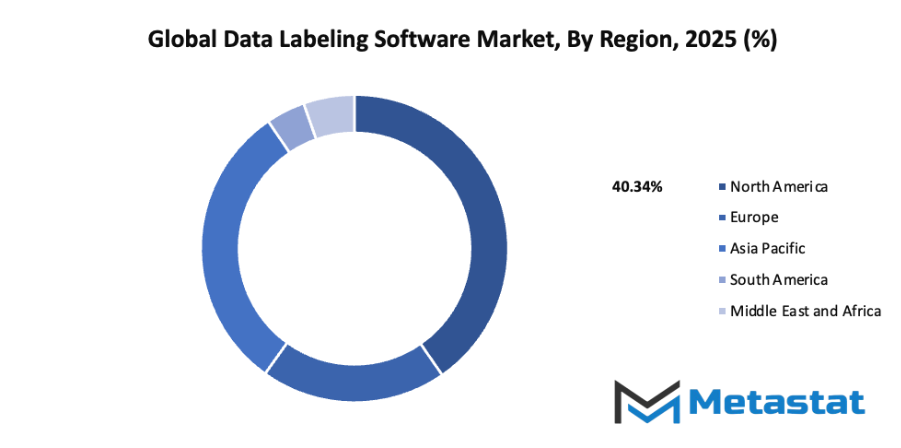
Growth Drivers
- Increasing demand for AI and machine learning applications: As AI and machine learning technologies advance, the need for high-quality labeled data will expand. Accurate labeling ensures models perform reliably and efficiently. The global Data Labeling Softwar market will benefit from sectors investing heavily in automation, predictive analytics, and intelligent systems that rely on structured, clean, and annotated datasets.
- Growth of industries reliant on computer vision and natural language processing: Industries using computer vision and natural language processing will drive the global Data Labeling Software market forward. Automated visual inspection, text analysis, and speech recognition require precisely labeled datasets. This growing dependency on machine-readable information will encourage companies to adopt solutions that streamline annotation and labeling workflows efficiently.
Challenges and Opportunities
- Concerns regarding data privacy and security: Data privacy and security concerns will influence the global data labeling software market significantly. Protecting sensitive information during the labeling process is critical. Organizations must implement robust policies and encryption methods to maintain trust, avoid breaches, and comply with regulatory requirements while continuing to expand their use of annotated datasets.
- Challenges in maintaining labeling accuracy and consistency: Maintaining accuracy and consistency in labeling remains a major challenge for the global data labeling software market. Human error, differing standards, and dataset complexity can reduce model performance. Solutions that combine human oversight with automated checks will play a key role in overcoming these obstacles, ensuring higher quality outputs.
Opportunities
- Integration with automated data annotation technologies: Integration with automated data annotation technologies will define the future growth of the global data labeling software market. Combining manual review with AI-powered tools will streamline processes, reduce errors, and accelerate labeling. This approach will attract industries seeking faster deployment of AI solutions with reliable and structured datasets.
Competitive Landscape & Strategic Insights
The global data labeling software market is shaped by a unique combination of established international corporations and fast-growing regional players. This balance creates a landscape where innovation, efficiency, and adaptability play critical roles in long-term growth. Large companies with significant financial strength and advanced technology set high benchmarks in terms of performance and reliability. At the same time, smaller regional competitors are pushing forward with creative approaches, specialized tools, and solutions tailored to meet local needs. This healthy mix of competition is ensuring that the market does not remain static but continues to expand with new opportunities.
Key competitors in this market include Amazon Web Services, Inc., Datasaur, BasicAI, SuperAnnotate AI, CloudFactory Limited, Hive AI, Inc., Cogito Tech LLC, edgecase.ai, Neptune Labs, Clarifai, TrainingData.io, and Diffgram. Each of these players contributes to the industry in different ways, whether through robust large-scale platforms or through targeted innovations that address niche requirements. The presence of both giants and emerging firms is pushing the industry toward creating solutions that are not only more accurate but also more cost-efficient and adaptable across different sectors.
Looking at the future, the role of data labeling software will expand well beyond its current use. With artificial intelligence and machine learning being integrated into nearly every part of modern life, high-quality labeled data will become the foundation for building trustworthy systems. The need for advanced labeling solutions will only rise as autonomous technologies, healthcare applications, and smart city systems continue to develop. Large companies are expected to invest more in automation and scalability, while regional competitors will likely focus on speed, personalization, and affordability. Together, this combination will set the stage for faster innovation cycles and greater accessibility of AI-driven solutions worldwide.
The competitive nature of this industry also means that partnerships, collaborations, and mergers are likely to increase. Established firms may seek to acquire smaller innovators to enhance their capabilities, while new entrants may focus on filling gaps in the market left by larger players. The outcome will be an ecosystem where both technology and business models are constantly upgraded. This will not only benefit the companies involved but also provide industries like finance, retail, healthcare, and transportation with more advanced tools to improve decision-making and efficiency.
Market size is forecast to rise from USD 6606.4 million in 2025 to over USD 21684.6 million by 2032. Data Labeling Software will maintain dominance but face growing competition from emerging formats.
From a futuristic viewpoint, the global data labeling software market will continue to evolve into a highly dynamic and interconnected environment. The presence of leading international companies alongside innovative regional firms ensures that progress will not be limited to a single direction. Instead, it will foster a competitive yet collaborative atmosphere that drives the development of smarter, faster, and more accessible technology solutions. This blend of influence will keep shaping the market, creating a future where labeled data becomes one of the most valuable building blocks of technological growth.
Report Coverage
This research report categorizes the Data Labeling Software market based on various segments and regions, forecasts revenue growth, and analyzes trends in each submarket. The report analyses the key growth drivers, opportunities, and challenges influencing the Data Labeling Software market. Recent market developments and competitive strategies such as expansion, type launch, development, partnership, merger, and acquisition have been included to draw the competitive landscape in the market. The report strategically identifies and profiles the key market players and analyses their core competencies in each sub-segment of the Data Labeling Software market.
Data Labeling Software Market Key Segments:
By Deployment Mode
- On-Premises
- Cloud-Based
By Enterprise Size
- SMEs
- Large Enterprises
By Application
- BFSI
- Healthcare
- Energy & Utility
- IT & Telecommunication
- Retail & E-commerce
- Manufacturing
- Government & Defense
- Others
Key Global Data Labeling Software Industry Players
- Amazon Web Services, Inc.
- Datasaur
- BasicAI
- SuperAnnotate AI
- CloudFactory Limited
- Hive AI, Inc.
- Cogito Tech LLC
- edgecase.ai
- Neptune Labs.
- Clarifai
- TrainingData.io
- Diffgram
WHAT REPORT PROVIDES
- Full in-depth analysis of the parent Industry
- Important changes in market and its dynamics
- Segmentation details of the market
- Former, on-going, and projected market analysis in terms of volume and value
- Assessment of niche industry developments
- Market share analysis
- Key strategies of major players
- Emerging segments and regional growth potential



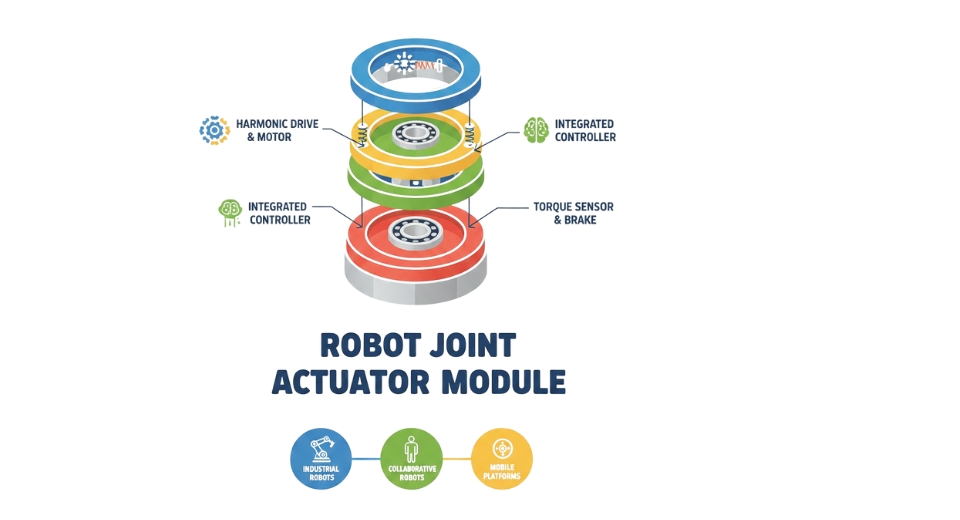
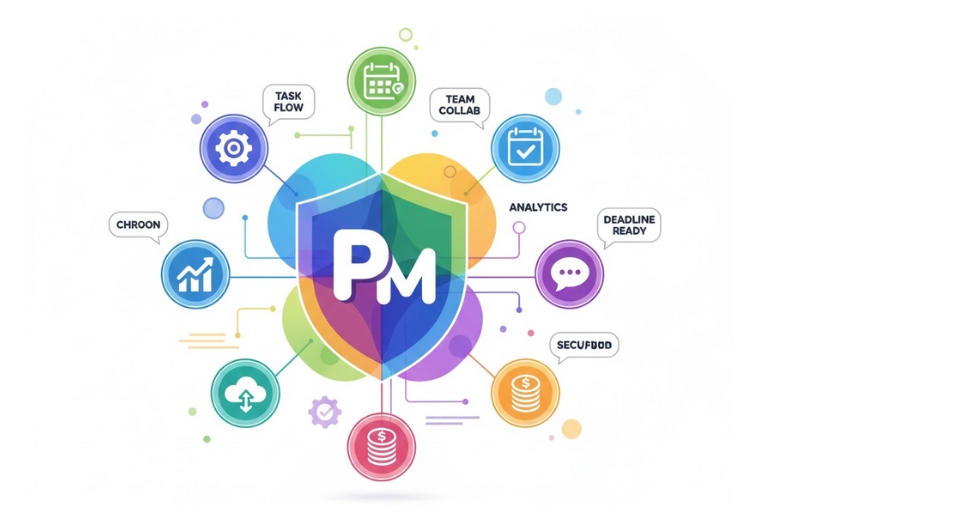
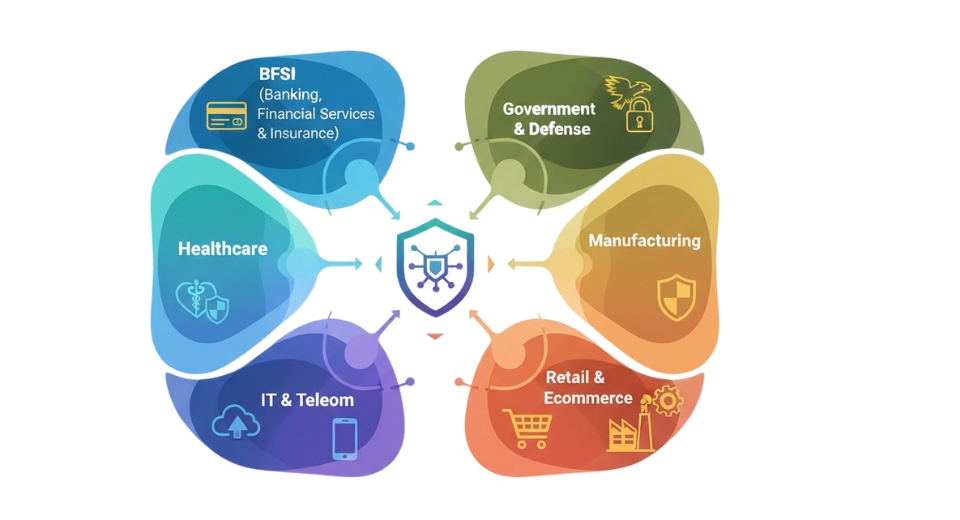
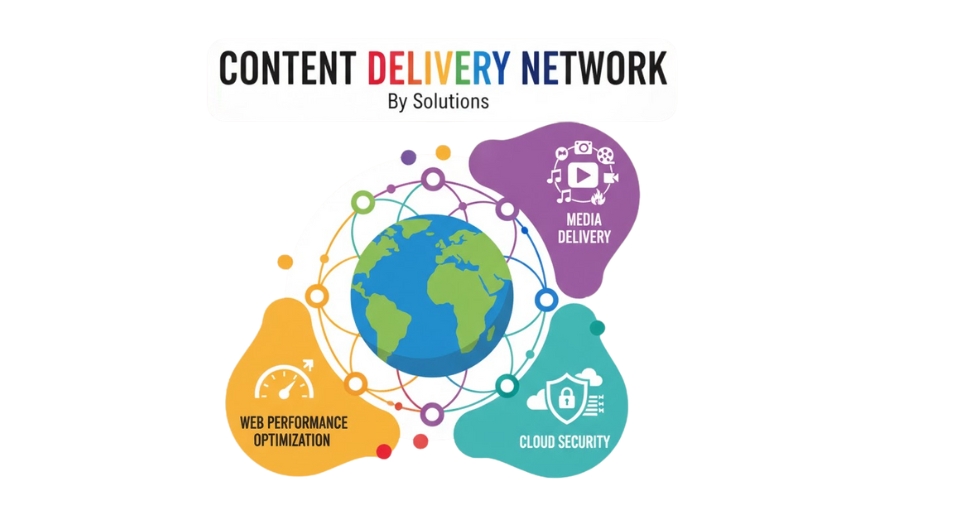

 US: +1 3023308252
US: +1 3023308252






